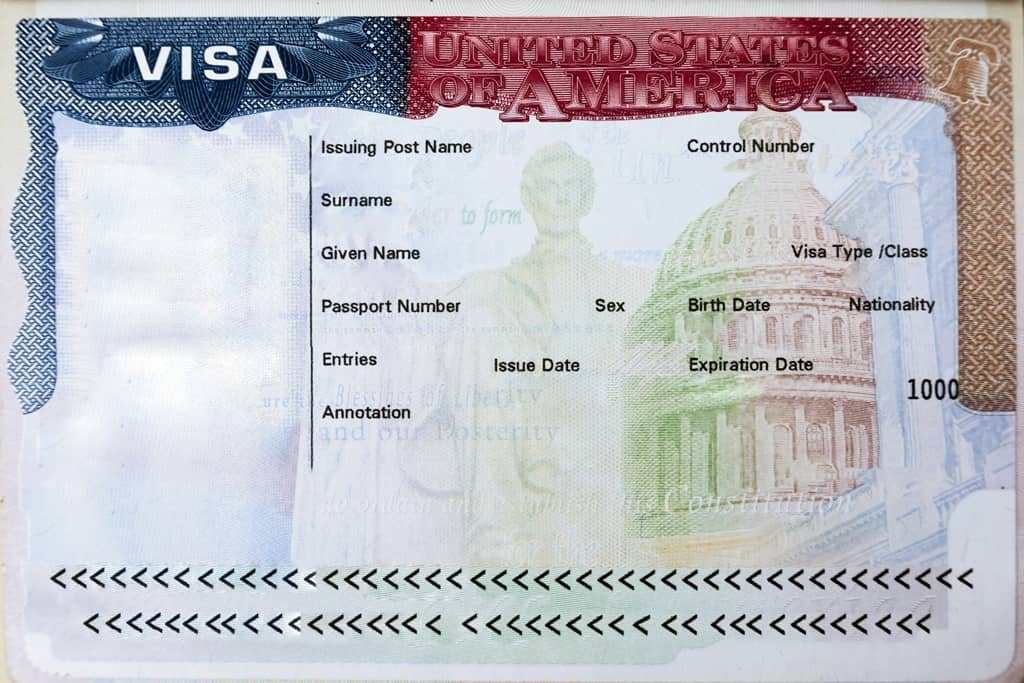
To immigrate to Australia from the US, you will need to follow a structured process and meet specific criteria. Australia offers various immigration pathways, and the most suitable one for you will depend on your qualifications, work experience, family circumstances, and other factors. Here is a general overview of the key immigration routes to consider:
Skilled Migration: Australia has several skilled visa options for individuals with in-demand skills and qualifications. The most common program is the General Skilled Migration (GSM) program, which includes the following subclasses:
a. Skilled Independent visa (subclass 189): For individuals with skills and qualifications that are in demand in Australia and do not require employer sponsorship.
b. Skilled Nominated visa (subclass 190): For individuals nominated by an Australian state or territory government based on their skills and occupation.
c. Skilled Work Regional (Provisional) visa (subclass 491): For skilled workers who are nominated by a state or territory or sponsored by an eligible relative to work and live in a regional area.
Employer-Sponsored Visas: If you have a job offer from an Australian employer, you may be eligible for an employer-sponsored visa. Common employer-sponsored visa subclasses include:
a. Temporary Skill Shortage visa (subclass 482): For employers who want to sponsor skilled workers on a temporary basis.
b. Employer Nomination Scheme (subclass 186): For skilled workers nominated by an Australian employer for permanent residency.
Family-Sponsored Visas: If you have eligible family members living in Australia, they may be able to sponsor you for migration. The most common family-sponsored visa is the Partner visa (subclass 820/801) for spouses or de facto partners of Australian citizens or permanent residents.
Business and Investment Visas: If you have a successful business or substantial investment funds, there are visas available for business owners, investors, and entrepreneurs who wish to establish or invest in businesses in Australia.
The specific eligibility requirements, application procedures, and processing times for each visa subclass can vary. It is crucial to research thoroughly, determine the most suitable visa pathway for your situation, and ensure that you meet all the necessary criteria.
To get the most up-to-date and accurate information about immigration to Australia from the US, I recommend visiting the official website of the Australian Department of Home Affairs (https://www.homeaffairs.gov.au/) or consulting with a qualified immigration consultant or lawyer who specializes in Australian immigration. They can guide you through the process and help you with your visa application.
Rice, a staple for Christmas celebrations in Nigeria, has become a luxury this year. Soaring…
Panic erupted on Saturday at a concert in Lagos when the stage collapsed during Odumodublvck’s…
The Federal Government of Nigeria has allocated ₦6,364,181,224 billion for the refurbishment and rehabilitation of…
The black market dollar to naira exchange rate for today, 22nd December 2024, can be…
The Nigerian National Petroleum Company Limited (NNPCL) has refuted claims that the 60,000 barrels per…
Manchester City finds itself in unprecedented turmoil, with relegation-level form showing little sign of improvement.…